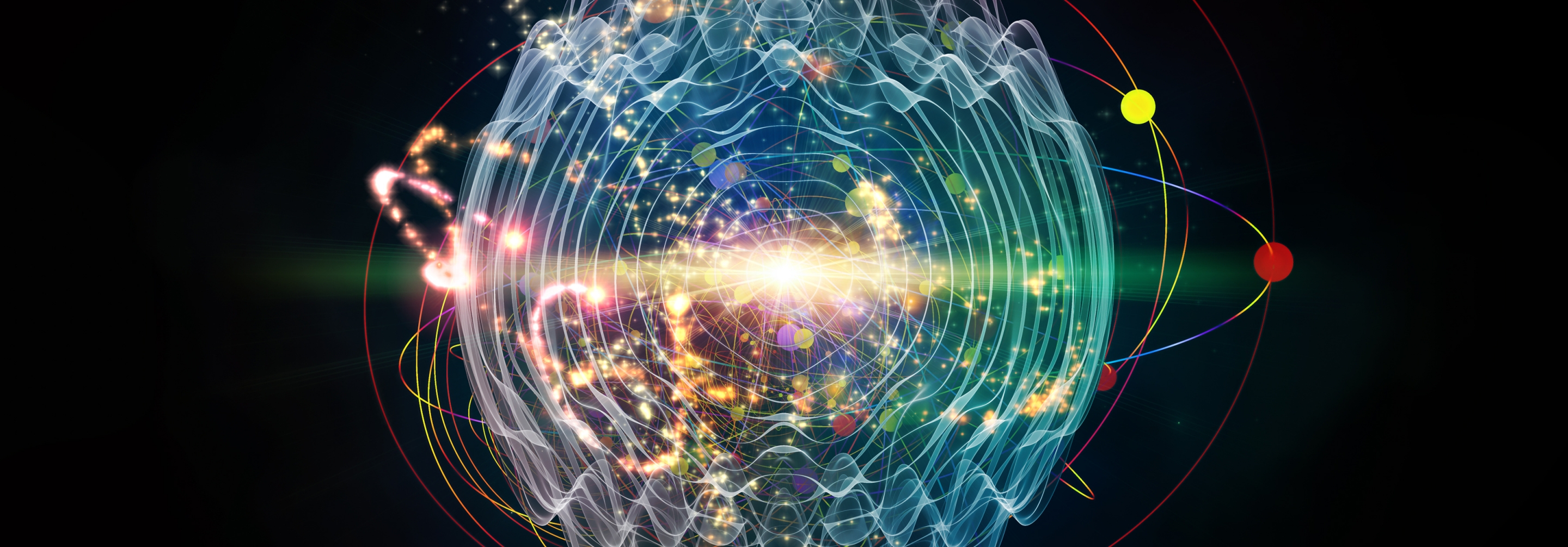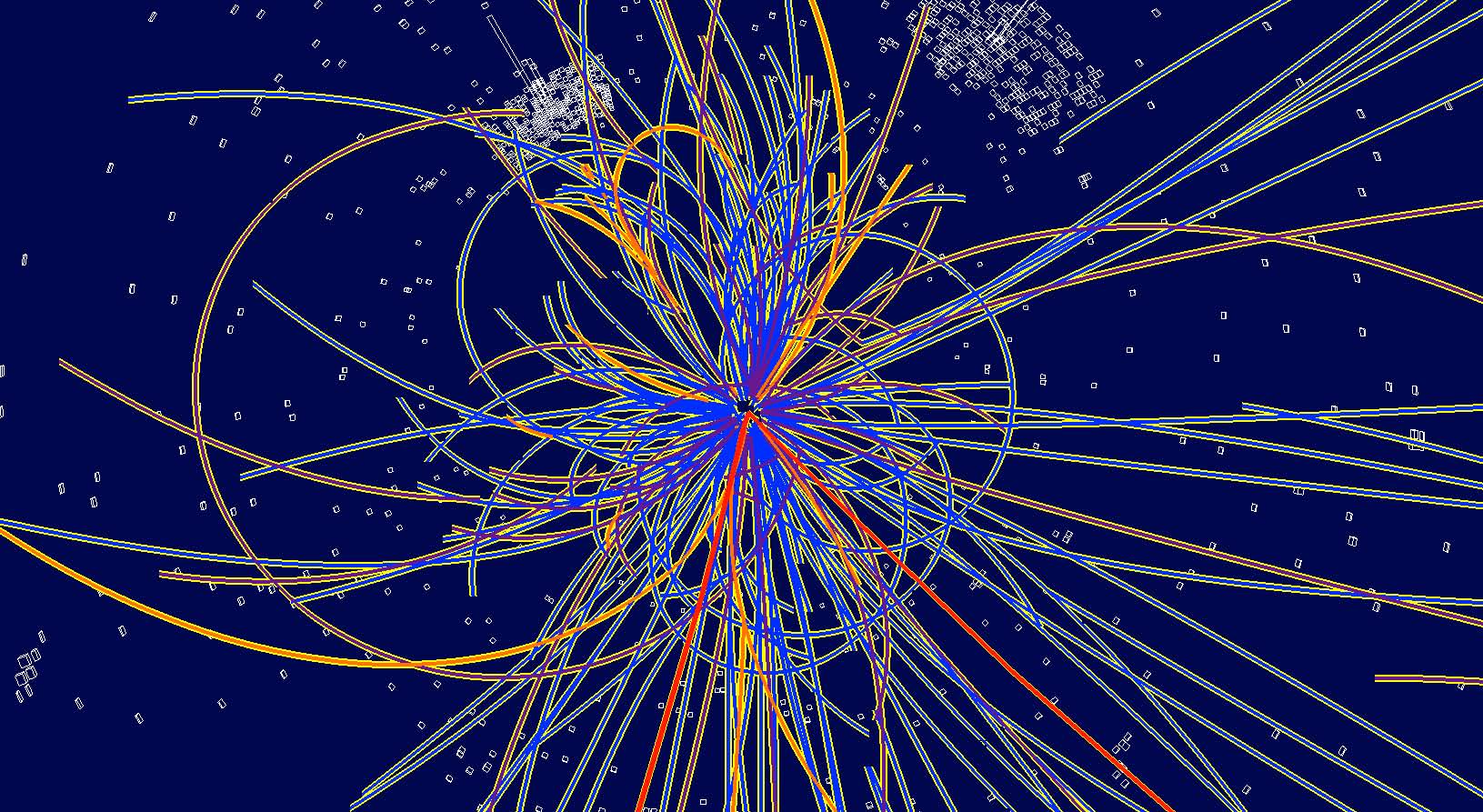Explore particle physics
Particle physics originated from the idea of dissecting matter in the most elementary of constituents. Ancient Greeks called them the atoms. In the past century, science has revealed a deeper, smaller realm, called the Standard Model: three families of fermions and four fundamental interactions that make up all we see around us. A key part of the Standard Model is the Higgs boson, which was observed in 2012.
But there are still questions to be answered beyond the Standard Model. It only describes five percent of the known universe; the other 95 percent is still unknown and is in the form of what we call “dark matter” and “dark energy”. And there are still questions within the Standard Model itself. What provides for the hierarchy of masses between families? Why, at the small scale, is gravity so weak compared to the other forces of nature?
These are some of the questions particle physicists at PI are trying to address. Their work has great overlap with astrophysics and cosmology. Besides pursuing new theoretical directions, they also design new experiments that promise to shed light on these questions. These experiments range from dark-matter and hidden-sector searches at particle colliders and underground facilities, to new techniques for table-top experiments seeking to detect new forces and gravitational waves.
Further exploration
- An interactive Standard Model, from Symmetry Magazine
- What is particle physics?, from the University of Rochester
- The Most Wanted Particle (Perimeter Public Lecture) - Jon Butterworth recounts his personal adventure of hunting for the Higgs
- Behind the Scenes of the Universe (Perimeter Public Lecture) - Gianfranco Bertone discusses particle physics, from the Higgs to dark matter
- The Standard Model (Perimeter Scholars International) - Masters-level course by Stefania Gori and Gordon Krnjaic
- Beyond the Standard Model (Perimeter Scholars International) - Masters-level course by David Morrissey
- Explorations in Particle Theory (Perimeter Scholars International) - Masters-level course by Brian Shuve.

